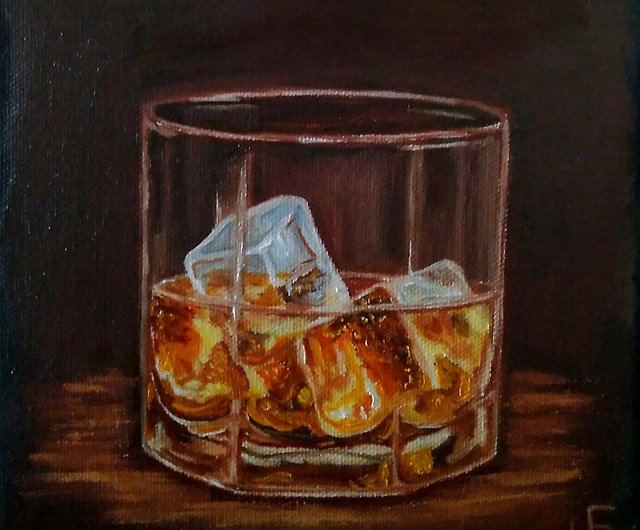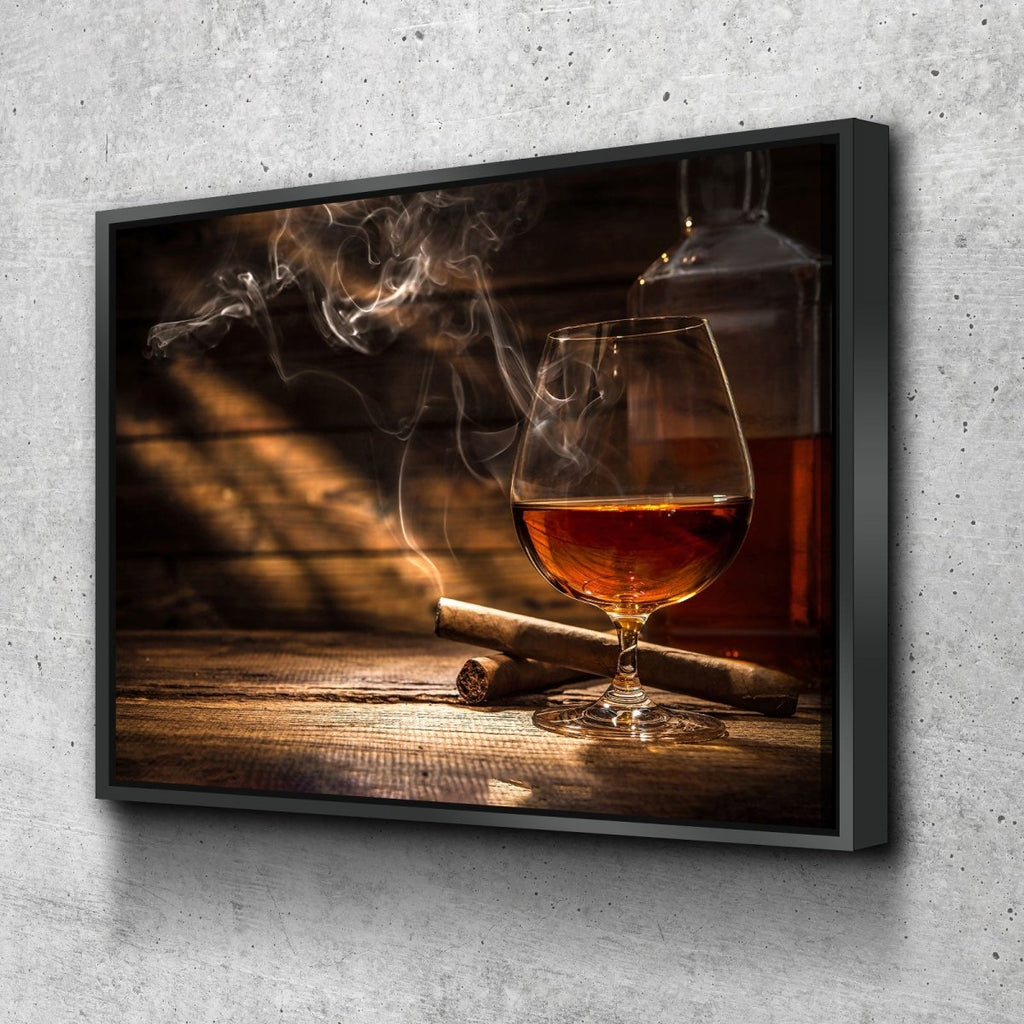Bourbon Art in Contemporary Culture: Where Tradition Meets Advancement
Bourbon Art in Contemporary Culture: Where Tradition Meets Advancement
Blog Article
The Importance of Whiskey Art in Celebrating Heritage and Craftsmanship in the Beverage Sector
The detailed partnership in between scotch art and the event of heritage and craftsmanship within the beverage industry can not be overemphasized. Via attentively created labels and bottles, scotch brands encapsulate their historic origins and the artisanal skills that define their manufacturing approaches. This creative dimension not only boosts market charm however also offers as an avenue for cultural storytelling, cultivating a much deeper connection in between the customer and the craft. As we explore the numerous aspects of this topic, intriguing inquiries regarding the impact of modern-day patterns on traditional techniques develop, prompting more evaluation.
The Historic Roots of Whiskey
At the heart of scotch's allure lies a rich tapestry of historic roots that map back to old worlds. The beginnings of scotch can be connected to the distillation methods of the Sumerians and Babylonians around 2000 BCE, where very early forms of fermented grain drinks started to emerge. It was in the Middle Ages that the art of distillation progressed significantly, especially in Ireland and Scotland, leading to the production of whiskey as we know it today.
The term "scotch" itself acquires from the Gaelic word "uisce beatha," meaning "water of life." This phrase highlights the social value of whiskey in Celtic societies, where it was commonly related to routines, celebrations, and communal bonding. By the 15th century, distillation ended up being an identified craft within reclusive areas, leading the way for the establishment of legal distilleries.
As trade routes broadened, scotch's popularity grew, transcending regional limits and catching the rate of interest of lovers worldwide. Realism Art. This historic trip mirrors not just the workmanship behind scotch manufacturing however likewise its important function in social and social contexts, marking it as a significant beverage throughout history
Artistic Expression in Branding
Bourbon branding stands as an engaging junction of virtuosity and business, where visual identity plays an important function fit consumer assumption. The visual appeals of whiskey tags, product packaging, and advertising materials reflect not only the brand name's tale but also its core worths and heritage. With creative expression, distilleries convey a story that reverberates with consumers, evoking feelings and stimulating connections.
Using shade, typography, and imagery in branding offers to distinguish items in a saturated market. Traditional themes might evoke a feeling of authenticity and workmanship, while modern styles can signify advancement and forward-thinking. This strategic creative direction improves brand name recognition and commitment, permitting consumers to create an individual connection with the bourbon they choose.
Additionally, imaginative expression in branding typically works as a celebration of regional heritage. Distilleries regularly incorporate local signs or historic references into their styles, developing a local color that welcomes customers to take part in a broader social experience. Inevitably, the artistry behind scotch branding not just boosts aesthetic appeal but likewise enhances the total story of the brand, fostering a deeper recognition for the workmanship and heritage ingrained in each container.
Craftsmanship in Bottle Design
The artistry evident in bourbon branding expands beyond visual identity to encompass the craftsmanship involved in bottle style. Each bottle serves as a vessel not just for the spirit within, however likewise for the story it tells about its tradition, quality, and origin. The style process requires meticulous focus to information, as components such as form, material, and closure contribute significantly to the total assumption of the scotch.
Craftsmanship in container layout includes selecting top quality glass that can enhance the bourbon's shade and clearness, while also giving a responsive experience for the consumer. The silhouette of the container should be both functional and cosmetically attractive, typically reflecting the heritage of the brand name. Numerous distilleries choose one-of-a-kind shapes or embossed logo designs that evoke a feeling of authenticity and background.
Additionally, the label style and typography play an important role in interacting the brand's story. Whiskey Art. A well-crafted container not only astounds the consumer's eye yet also enhances the brand's dedication to quality and practice. In this way, the workmanship of bottle style becomes a crucial aspect of the scotch experience, combining artistry with an extensive respect for heritage
Cultural Value of Whiskey Art
Commemorating tradition and craftsmanship, the social significance of scotch art goes beyond mere looks, intertwining with the historic and social narratives of the regions where it stems. Each bottle works as a canvas, depicting the special tales, mythology, and traditions that have formed neighborhood whiskey-making practices. The elaborate layouts often show the heritage of the distillers, integrating icons and concepts that resonate with the culture and values of their neighborhoods.

Additionally, scotch art plays an essential function in public gatherings and events, acting as a tangible web link in between people and their shared experiences. By valuing the virtuosity in whiskey product packaging, customers cultivate a deeper understanding and regard for the craft, inevitably enriching their pleasure of the drink itself.
Modern Trends in Whiskey Presentation
In current years, the discussion of whiskey has progressed to mirror contemporary tastes use this link and patterns while still recognizing traditional craftsmanship - Limited Edition. Distilleries are significantly focusing on aesthetic aspects that improve the total alcohol consumption experience, bridging the gap between heritage and modernity
Ingenious container styles have actually arised, often incorporating sustainable materials and creative tags that inform engaging tales. Several brand names currently team up with neighborhood musicians, instilling their items with unique visual expressions that resonate with consumers. In addition, limited-edition launches are often packaged in collectible containers, including worth and allure for aficionados.

Final Thought
In verdict, bourbon art offers as an important channel for expressing the heritage and craftsmanship inherent in the drink sector. With elaborate branding, innovative bottle layouts, and culturally substantial creative aspects, whiskey go to the website brand names properly recognize their practices and link with customers.


Craftsmanship in container style includes selecting high-quality glass that can enhance the bourbon's color and clarity, while also providing a responsive experience for the consumer. In this way, the workmanship of bottle style comes to be a vital aspect of the whiskey experience, combining creativity with an extensive regard for heritage.
In final thought, whiskey art offers as an important channel for sharing the heritage and craftsmanship fundamental in the drink market.
Report this page